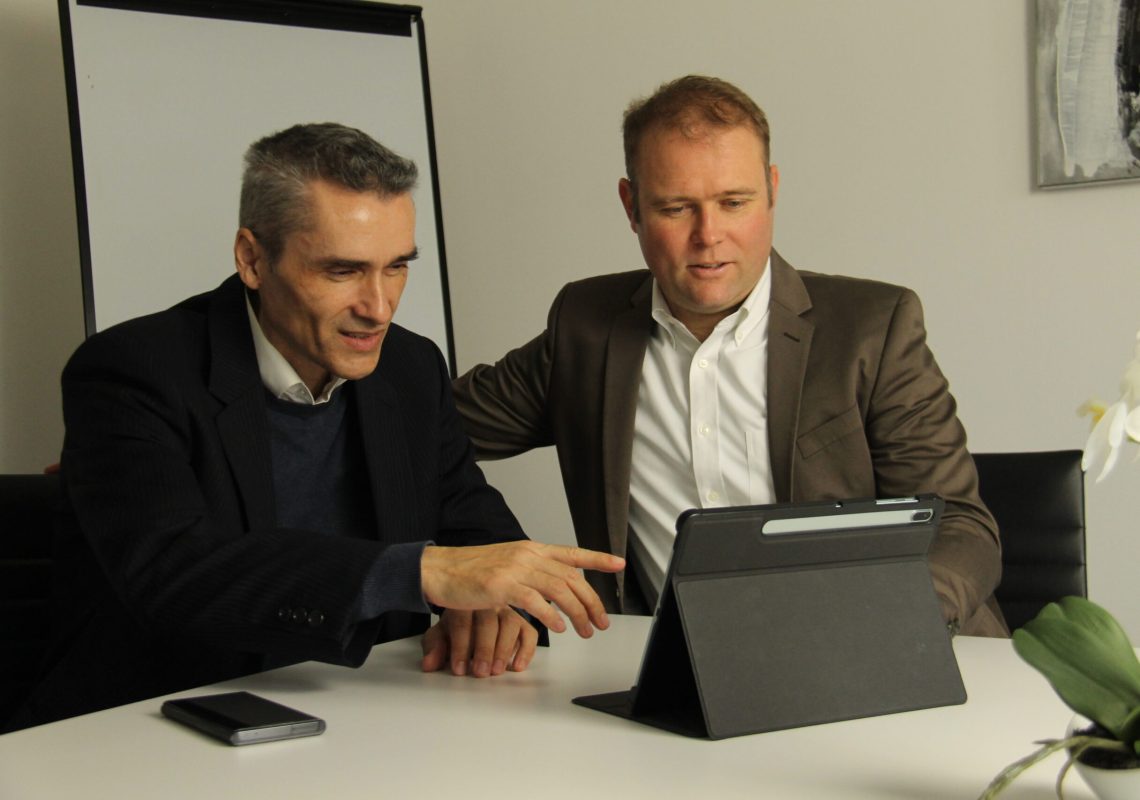Introduction
In today’s dynamic digital landscape, the success of any product or service hinges on delivering exceptional user experiences (UX) and intuitive user interfaces (UI). Rapid prototyping emerges as a crucial methodology, allowing designers to swiftly iterate and refine designs for optimal user satisfaction. In this guide, we’ll explore the best practices for employing rapid prototyping techniques to create immersive digital experiences that captivate users.
Understanding Rapid Prototyping
Rapid prototyping involves the agile creation of functional prototypes that simulate the final product’s appearance and functionality. Unlike traditional methods that rely on extensive planning and development cycles, rapid prototyping prioritizes quick iterations and user feedback, enabling designers to validate and improve designs efficiently.
Best Practices for Superior User Experiences
- Start with Comprehensive User Research:
Begin your prototyping journey by conducting thorough user research. Understanding your target audience’s needs, preferences, and pain points is essential for creating designs that resonate with users. Use this insight to inform your prototyping process, ensuring that your designs align closely with user expectations. - Embrace Iterative Design:
Embrace a culture of iteration in your prototyping process. Start with low-fidelity prototypes to explore different design concepts rapidly. Solicit feedback from stakeholders and end-users, incorporating their insights into subsequent iterations. As your design evolves, gradually increase fidelity to refine the user experience. - Prioritize Functionality Early On:
In the initial stages of prototyping, prioritize functionality over aesthetics. Focus on creating prototypes that effectively demonstrate user flows, interactions, and core functionalities. Once the functionality is validated, refine the visual design to enhance aesthetics without compromising usability. - Harness Prototyping Tools:
Utilize a variety of prototyping tools to streamline your design process. From simple wireframing tools like Sketch and Adobe XD to comprehensive platforms like Figma and InVision, choose tools that suit your project requirements and team preferences. These tools offer interactive features and collaboration capabilities, facilitating seamless prototyping and team communication. - Conduct Usability Testing:
Usability testing is crucial for validating your prototypes. Engage real users to observe how they interact with your designs, identify pain points, and gather valuable insights for improvement. Whether through moderated sessions or remote testing platforms, prioritize user feedback to iteratively enhance the user experience. - Foster Collaborative Workflows:
Effective collaboration among cross-functional teams is essential for successful prototyping endeavors. Foster open communication channels, encourage constructive feedback, and involve stakeholders throughout the prototyping process. By promoting collaboration, you can leverage the collective expertise of your team to refine prototypes and deliver exceptional user experiences.
Conclusion
Rapid prototyping is a cornerstone methodology in modern UX/UI design, empowering designers to iterate and refine designs rapidly for superior user experiences. By incorporating best practices such as user research, iterative design, functionality prioritization, tool utilization, usability testing, and collaboration, designers can create prototypes that resonate with users, driving satisfaction and product success. Embrace the power of rapid prototyping to unlock the full potential of your digital designs and deliver impactful user experiences that leave a lasting impression.




